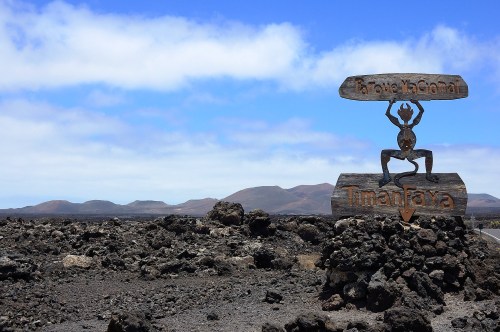
I like Lisbon, everything about it. Really, there is nothing not to like about Lisbon. Even the graffiti. Even the graffiti. It is a little understated and has no pretensions like other European capitals. This was my second visit and I would happily go back for a third.
I am always interested in place names and how they travel. There are sixteen place in the USA called Lisbon over fourteen States (Maine and Wisconsin have two each) most are in the east and the most westerly is in Utah. Portuguese ethnicity in the USA is thirtieth in a long list but the Portuguese language is thirteenth most spoken.
What I find even more interesting is that there are no places in Brazil called Lisbon or in a lot of other ex-Portuguese colonies. There are however four in Columbia and one each in Peru, Bolivia, Equatorial Guinea and Mozambique.
The Portuguese Empire…

I immediately liked Belém, it was a little more relaxed than Lisbon city. Our plan was to visit the centre and visit the UNESCO World Heritage Site, the Jerónimos Monastery and the tomb of Vasco da Gama but the queue was huge and I am not good with queues and Kim is not good with UNESCO World Heritage sites so we abandoned the plan.
The Jerónimos Monastery is a World Heritage site that I have seen from the outside but not the inside.

I didn’t get to see the tomb but there is a large statue of him in the adjacent gardens. One of the early explorers European Vasco da Gama discovered the route to India via the South Atlantic around Africa and the Cape of Good Hope and he opened up the trade route in spices from the east which made Portugal temporarily fabulously rich.

From the centre we made our way to the River Tagus and the UNESCO listed Belém Tower, a fortification built on an island in the river to provide protection for the city and a launch site for the explorers in the Age of Discovery. I had to queue for tickets of course but it didn’t look too busy so I didn’t mind waiting.
But then it began to get difficult.
The Belém Tower was built five hundred years ago and was designed as a fortress without any allowance made for accommodating thousands of tourists hundreds of years later.
The rooms and stairways are small and tight and can only accommodate a few people at a time so there was a lot of waiting about as the flow of visitors was managed by a team of patient staff. This made the whole process rather tedious and what was even more frustrating was that there was nothing to see in any of the rooms where we were continually kept standing and waiting for the one way system to flow.

The Belém Tower is definitely a World Heritage Site better seen from the outside rather than the inside.
Close to the Tower is the modern Monument to the Discoveries. Located on the edge of the north bank of the Tagus, the fifty metre high slab of concrete, was erected in 1960 to commemorate the five hundredth anniversary of the death of Henry the Navigator. The monument is sculpted in the form of a ship’s prow, with dozens of figures from Portuguese history following a statue of Henry looking out to the west, perhaps contemplating another famous voyage of discovery.

Portugal and Spain once ruled much of the World but their Empire building was in a different style, Portugal had Henry the Navigator, a methodical explorer seeking out new trade routes with maps and charts and Spain had Conquistadors like Francisco Pizzaro swashbuckling their way through the New World with swords and gunpowder in search of gold and conquest.

Lisbon was an important port during the Age of Discovery when Portugal was a major maritime nation as it built a World empire. It competed primarily with neighbour Spain to make discoveries in the New World and in 1494 after years of squabbling a Treaty was signed which divided the World in two along an arbitrary line of latitude roughly half-way between Cape Verde Islands (Portuguese) and Hispaniola (Spanish) effectively giving Spain the whole of the New World and Portugal with bits and pieces in Africa and the Far East.
The treaty was signed at the castle of Tordisillas in Castilla y Leon which is somewhere that I visited several years ago in 2010…

For Spain this might have seemed like a very good deal at the time but it rates as a serious negotiating disaster as they failed to take into consideration the South America eastern bulge which gifted Brazil to Portugal and it gave up the Amazon rain-forest and all of its riches for the barren Andes of Patagonia.
Some historians suggest that the canny Portuguese already knew about this when quill was put to parchment.
This Treaty was an example of extreme European arrogance of course. Spain and Portugal conveniently ignored the fact that there were already people living there with a completely legitimate claim to the land. Later as Spain and Portugal went into decline other countries like France and Britain simply ignored the Treaty (endorsed by the Pope no less) and went on a colonisation spree around the World.
Portuguese expansion continued and by the mid nineteenth century Portugal had the fourth largest European Empire but at only 4% of World territory was way behind France (9%), Spain (10%) and Great Britain at a huge 27%. That is a massive amount of land grab but I wonder if the Roman Empire might have been even greater given that the known World was much smaller two thousand years ago.
Thanks to Empire, Portuguese, by the way, is the eighth most common language in the World.
Portuguese poet Fernando Pessoa…








































































